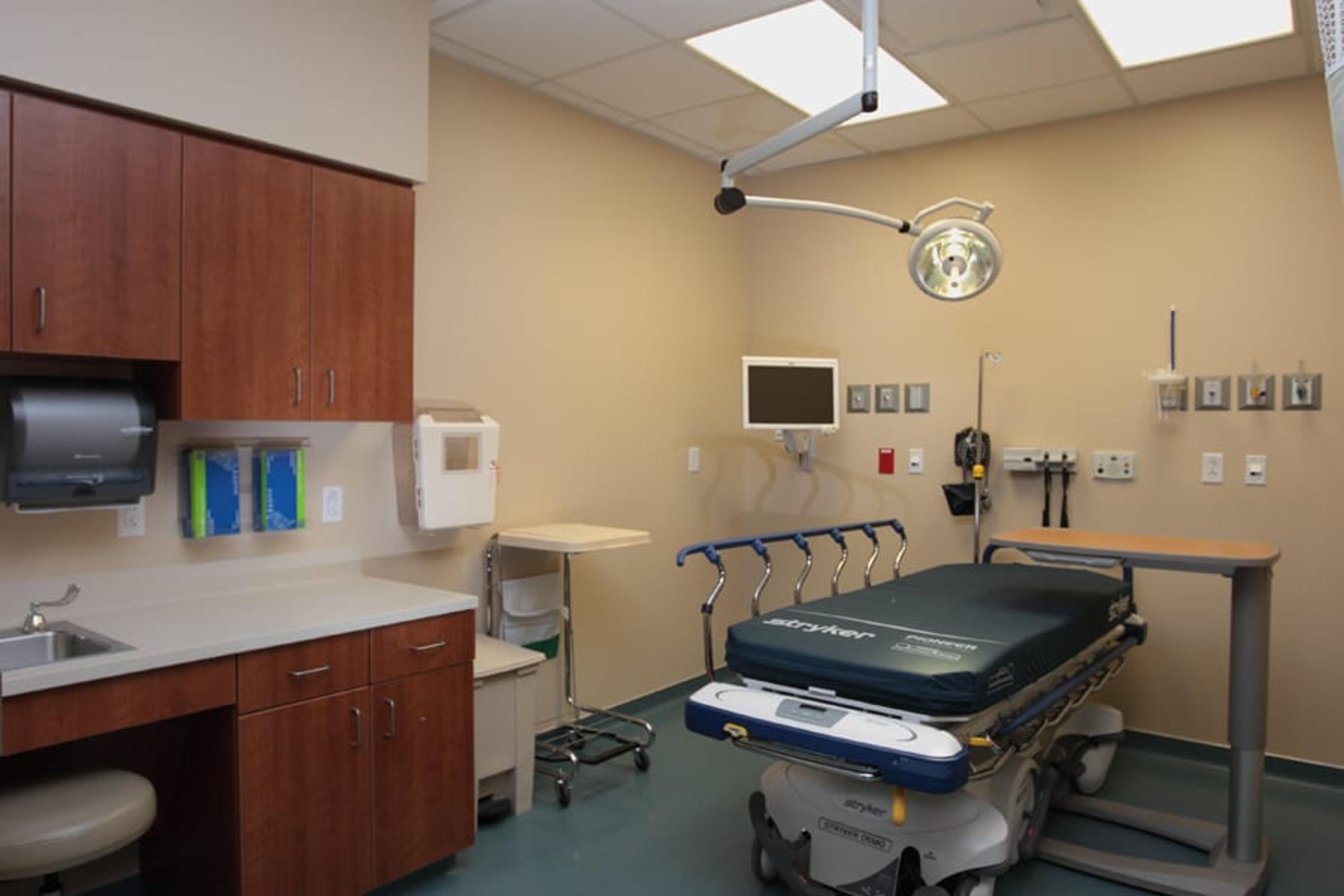
Emergency rooms are for emergencies — not everyday care. But far too often, people turn to the ER for minor issues, and it comes at a high cost.
With health care affordability putting more pressure on peoples’ budgets than ever, it’s important to know when the ER is the right place — and when it’s not.
Blue Cross Blue Shield of Michigan is committed to helping members access the care they need at the right time, in the right place, and at the right price. That means giving you the tools to avoid unnecessary costs while still getting quality care.
ERs are for serious, life-threatening situations
Unlike your doctor’s office, a walk-in clinic, or urgent care, the ER is built to treat severe or life-threatening health problems — not sore throats or sprained ankles.
Still, too many people are heading to the ER for non-urgent care. Some studies have found that up to 40% of emergency department visits are medically nonurgent — and that’s a big part of the affordability problem.
What does an ER visit really cost?
The cost difference is staggering. An ER visit can be up to 10 times more expensive than a trip to urgent care or your primary care provider (PCP).
- Average ER visit: $750 (with insurance), $1,500–$3,000 without
- Average PCP visit: $150–$300
- Average specialist visit: $400–$600
- Average urgent care visit: Often under $200
With Americans spending over $80 billion on treat-and-release ER visits in 2021 alone, every unnecessary trip adds to a system already under financial pressure — and those costs trickle down to you in the form of higher premiums and out-of-pocket expenses.
Why overuse makes health insurance more expensive than ever
Using the ER when it’s not needed doesn’t just cost you more — it contributes to the larger health care affordability crisis.
Every unnecessary ER visit raises costs for everyone, especially as more patients rely on hospitals for care that could be handled elsewhere. This can lead to:
- Higher insurance premiums over time
- Overcrowded ERs with longer wait times
- Less access for people experiencing real emergencies
Why do people still go to the ER?
Many people head to the ER out of fear, uncertainty, or lack of access. Some believe their symptoms are more serious than they are. Others go after hours when primary care offices are closed. Some may not know they have better options through their health plan.
In many cases, over-the-counter medications, telehealth, or urgent care can offer fast, affordable solutions — without the ER price tag.
When to choose urgent care or your PCP
Here’s a good rule of thumb: if it’s not life-threatening, and you can wait a few hours or even a day, it’s probably not an emergency.
Choose urgent care (especially after hours) or your PCP for:
- Sore throat or earache
- Minor cuts, sprains or strains
- Fever under 103 degrees or flu
- Vomiting or diarrhea
- Mild dehydration
These options are far more affordable — and designed for these kinds of issues.
When to go to the emergency room
Head to the ER when the situation is severe, potentially life-threatening, or requires immediate treatment. This includes:
- Heart attack symptoms (chest pain, shortness of breath)
- Head trauma or suspected concussion
- Broken bones or severe injuries
- Uncontrolled bleeding
- Severe abdominal pain
- Serious burns
Value-based care reduces ER overuse
Blue Cross Blue Shield of Michigan is helping reduce unnecessary ER visits through value-based care — a smarter, more proactive way to manage health.
Thanks to this approach, avoidable ER visits are down 23% among BCBSM members. Here's how value-based care supports affordability:
- Focus on preventive care and early intervention
- Improved access to virtual care and after-hours support
- Coordinated care between doctors and specialists
- Incentives for doctors to improve outcomes, not just perform services
This means fewer health emergencies — and fewer ER trips you could have avoided.
Be prepared: know your options
Don’t wait for an emergency to figure out where to go. Use BCBSM’s Find a Doctor tool to locate your nearest in-network ER, urgent care, or primary care provider, so when something happens, you’re ready.
And remember: chronic issues and routine care are better handled by your PCP, who knows your medical history and can help you manage your health over time, without the ER costs.
Smart choices lower costs for everyone
Choosing the right place for care doesn’t just help your wallet — it helps the entire system work better. Avoiding unnecessary ER visits is one way you can play a direct role in lowering health care costs and keeping premiums manageable for yourself and others.
To learn more about how Blue Cross Blue Shield of Michigan is helping make health care more affordable, visit MiBlueDaily.com/affordability.
Related reading:






